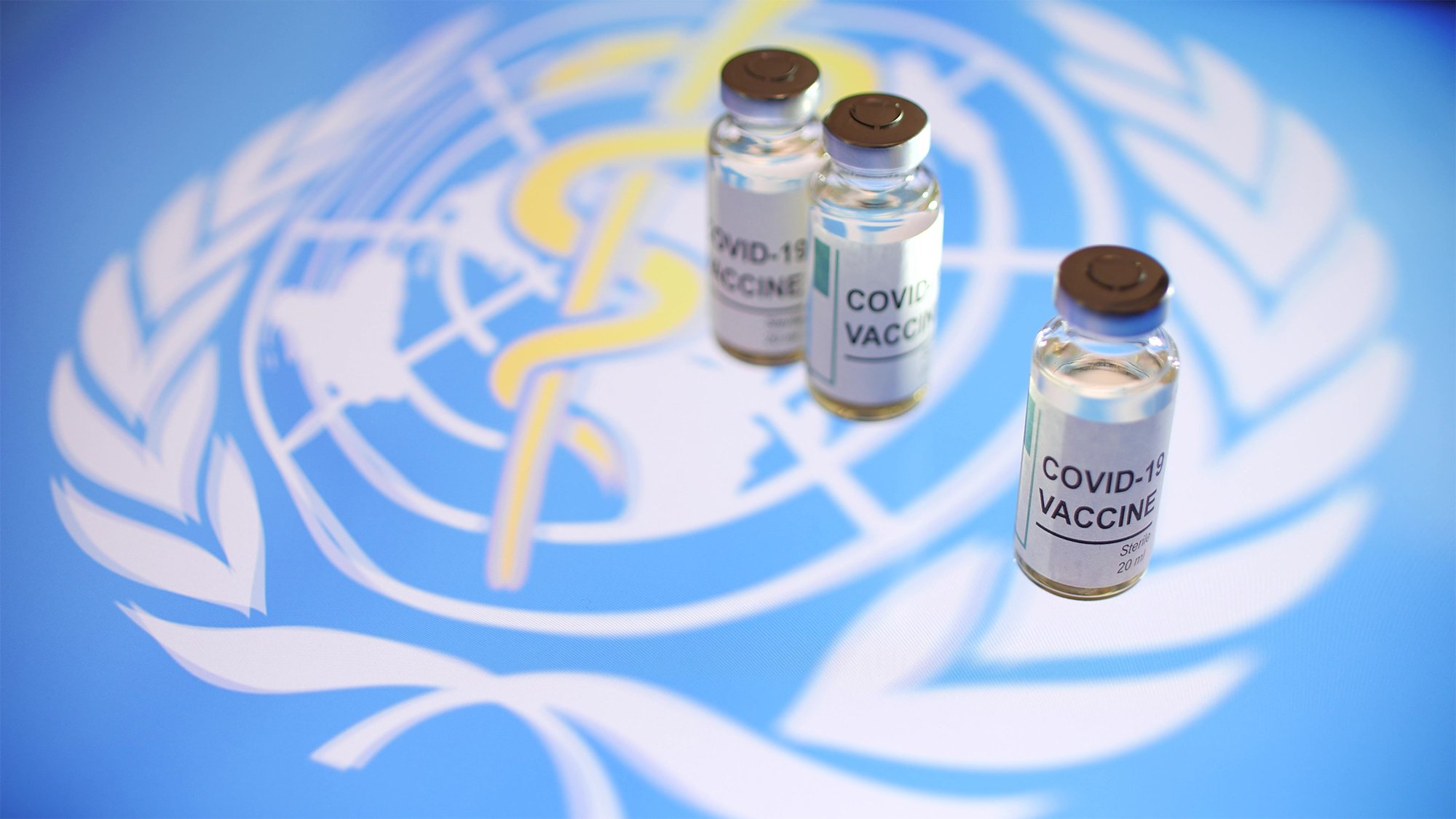

Following its March meeting, the World Health Organization’s Strategic Advisory Group of Experts on Immunization (SAGE) has revised their global COVID-19 vaccination recommendations. The new vaccine guidelines focus on group risk levels and are based on current conditions. These are subject to change as the pandemic and virus evolve.
For high-risk and high-priority groups, SAGE recommends an additional booster dose of the COVID-19 vaccine six to 12 months after their last dose. This group includes immunocompromised people of any age, those roughly over 60 years-old, front-line health workers, and pregnant people six or 12 months after their last booster.
[Related: The FDA says get used to COVID-19 vaccine boosters.]
For medium risk individuals, like children and adolescents who have health risks, and healthy adults under about age 60, the group recommends the primary vaccination series and first booster doses, but not routine additional boosters.
For the lowest-risk groups, SAGE recommends that countries vaccinate based on cost-effectiveness and disease burden. This group includes healthy children six months to 17 years-old.
“The public health impact of vaccinating healthy children and adolescents is comparatively much lower than the established benefits of traditional essential vaccines for children – such as the rotavirus, measles, and pneumococcal conjugate vaccines,” SAGE wrote in a statement.
The new guidelines come as higher income countries are taking different approaches to future vaccinations. The United Kingdom and Canada are currently offering high-risk individuals another dose of bivalent boosters six months after their last dose.
Health officials in the United States are still weighing this option, but the new WHO advice contrasts with the Food and Drug Administration’s proposed plans to treat COVID-19 boosters like annual flu shots. In those plans, new formulas based on dominant circulating strains would be offered to ever fall, possibly regardless of risk status.
“Countries should consider their specific context in deciding whether to continue vaccinating low risk groups, like healthy children and adolescents, while not compromising the routine vaccines that are so crucial for the health and well-being of this age group,” SAGE Chair Hanna Nohynek said in a statement.
The group also called for urgent global efforts to catch up on routine vaccinations for preventable diseases like measles, mumps, and tuberculosis that have been missed due to the pandemic.
[Related: A good night’s sleep could help vaccines work better.]
“As we all know, the COVID pandemic has taken a heavy toll on immunization programs,” said SAGE Chair Hanna Nohynek said on Tuesday, according to CNN. “It’s been a tremendous effort, and many countries have done very well reaching high coverages, but it is still requiring efforts to reduce the inequities, and we need to reach the high-priority groups, and we need to close the coverage gaps.”
Nohynek cited rising cases of measles in regions that the World Health Organization tracks. Measles is called a “tracer,” or a sign that other vaccine-preventable diseases are present. Polio is also already circulating in several countries, with new samples detected in New York’s wastewater. To combat this, SAGE recommends strengthening vaccine coverage and supplementing with a dose of injectable polio vaccine in places with “persistent poliovirus circulation.”
